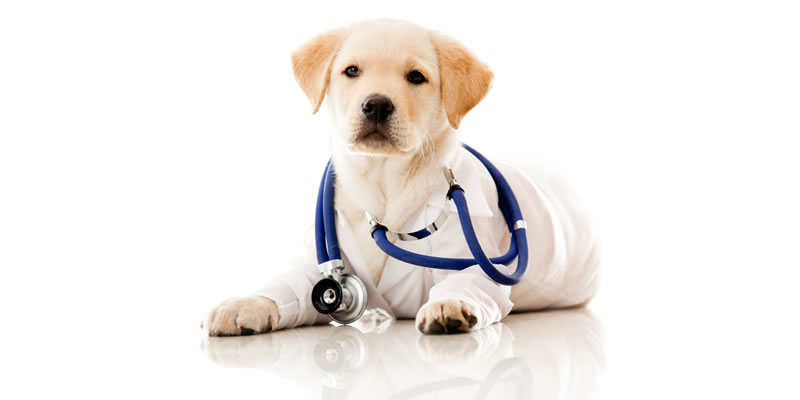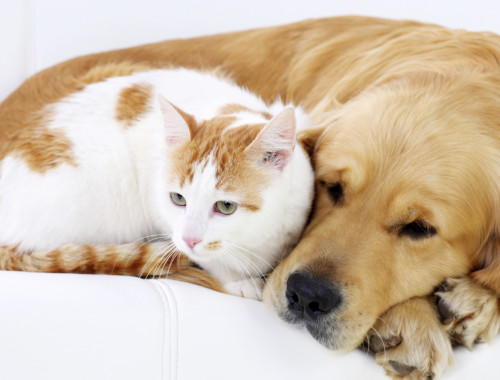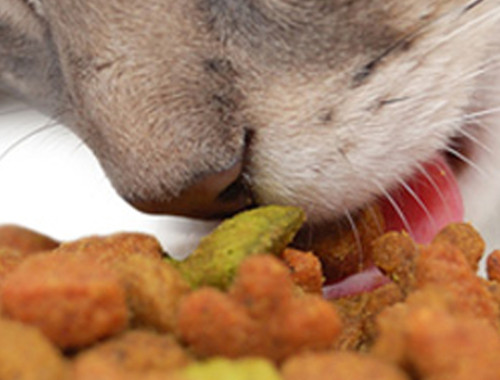Yeast is a common issue for many dogs. Symptoms can range from itchy ears and feet to greasy, smelly fur and can be very uncomfortable for your pup. Yeast is a fungus that is naturally occurring in pet’s gut. When their immune system is compromised, it can overpopulate and cause you dog great discomfort and distress. Here are the top 5 ways to treat and prevent a yeast overgrowth in your dog.
How To Treat a Yeast Overgrowth in Dogs
1. Cut Out Sugars
I’ve already mentioned that yeast is naturally  occurring in the gut, so naturally, that is where you’d want to start. Consider first what you are feeding your dog. Sugar is yeast’s food of choice, so that is the first thing to reduce or get rid of in their diet. This include starches or carbohydrates, which are converted into sugar in the gut.
occurring in the gut, so naturally, that is where you’d want to start. Consider first what you are feeding your dog. Sugar is yeast’s food of choice, so that is the first thing to reduce or get rid of in their diet. This include starches or carbohydrates, which are converted into sugar in the gut.
2. Rebalance The Gut
When yeast overpopulates, it shifts the balance of good and bad bacteria in the gut. To restore this, consider giving your dog a quality probiotic trusted by your vet. My guys get a powder we seamlessly add to their food when needed. This will help to replenish the healthy gut flora that may have been wiped out from antibiotic use or by a stressed and suppressed immune system.
3. Coconut Oil
I also stated that yeast can be found on your pet’s skin. Because of this, you can treat a yeast overgrowth topically as well. Coconut oil contains lauric and caprylic acids, which can help to kill overpopulated yeast. You can add it into their diet if you make their food yourself or you can even massage it topically into your dog’s skin.
4. Epsom Salt
Soaking your dog’s feet in epsom salt is a great way to fend off yeast if they appear to be licking or chewing at their toes. Epsom salt is an excellent anti-bacterial and anti-fungal. If my dogs feet are extremely sensitive and irritated (which they tend to be when he has a flare up), I’ve soaked his feet twice a day for several days. In other, less extreme instances, just a couple times a week will suffice.
5. Keep Their Ears Dry
Yeast loves to go where it is dark, warm and moist, making the ears a prime candidate. It is important to keep your pet’s ears clean and dry on a regular basis. There are great ear wash and dry products on the market you can use after your dog goes swimming, gets a bath or just gets into somewhere really messy and dirty. You want to make sure you are both cleaning and drying their ears.
The sooner you can recognize and treat a yeast overgrowth, the easier it will be to clear up. The key is prevention and knowing the signs and symptoms so you can react quickly.





2 Comments
I’d heard of yeast in people but not dogs. Some of these symptoms sound like my dog so I’m def bringing this up at our next vet appt. Thanks!
It’s more common in dogs than you’d think, Sarah. Hopefully talking it over with your vet will help to bring a little relief to your pup!